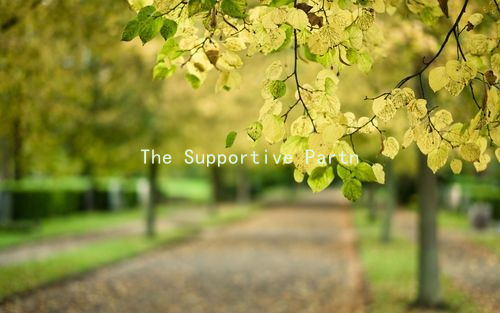Building Bridges: Communication Techniques for Healthy Relationships
Building Bridges: Communication Techniques for Healthy Relationships
In today’s fast-paced world, effective communication is the cornerstone of healthy relationships, especially in the context of romantic partnerships. Understanding and implementing key communication techniques can significantly enhance connection, deepen intimacy, and foster a supportive environment. Here are several essential strategies that can help build bridges of understanding and affection between partners.
1. Active Listening
Active listening involves fully concentrating on what your partner is saying, rather than simply waiting for your turn to speak. This means engaging with their words, observing their body language, and providing appropriate feedback. Techniques such as nodding, maintaining eye contact, and summarizing their points can demonstrate that you value their perspective. This practice not only shows that you care, but it also helps clarify any misunderstandings.
2. Expressing Appreciation
Regularly expressing appreciation for your partner can significantly strengthen your emotional bond. Compliments and gratitude can range from acknowledging their hard work to appreciating their quirks. These positive affirmations help to reinforce a sense of belonging and love, making your partner feel valued. A simple “I appreciate you for always being supportive” can go a long way in nurturing a positive relationship dynamic.
3. Open-Ended Questions
Engaging your partner with open-ended questions invites deeper conversation and encourages them to express themselves more fully. Instead of asking yes-or-no questions, consider asking, “What did you enjoy most about your day?” or “How do you feel about that situation?” This not only shows your interest in their thoughts but also creates opportunities for meaningful dialogue.
4. Nonverbal Communication
Much of communication is nonverbal, including body language, facial expressions, and tone of voice. Being mindful of these nonverbal cues can help you convey empathy and understanding. For instance, leaning slightly towards your partner while they’re speaking indicates that you are present and engaged. Similarly, using a soothing tone can alleviate tensions and create a supportive atmosphere.

5. Managing Conflicts Constructively
Disagreements are a natural part of any relationship, but how you manage them can make a significant difference. Instead of resorting to blame, focus on expressing your feelings using “I” statements, such as “I feel hurt when…” This technique allows you to communicate your emotions without putting your partner on the defensive. Additionally, approaching the conflict from a place of collaboration—asking, “How can we solve this together?”—can lead to constructive outcomes.
6. Setting Aside Time for Communication
In the hustle and bustle of daily life, it’s easy for meaningful conversations to take a backseat. Prioritizing quality time for discussions, free from distractions, is crucial. Consider scheduling regular check-ins to talk about your relationship, share experiences, and discuss any concerns. This dedicated time reinforces the importance of communication and ensures that both partners feel heard.
7. Empathy and Validation
Demonstrating empathy involves acknowledging your partner’s feelings without judgment. Validating their emotions—letting them know it’s okay to feel a certain way—can build trust and deepen intimacy. Phrases like “I can see why you’d feel that way” or “Your feelings are valid” highlight your support and understanding, which can be particularly comforting during difficult times.
8. Encouraging Vulnerability
Building a strong emotional connection often requires vulnerability. Encouraging your partner to share their innermost thoughts and feelings fosters trust and strengthens the bond between you. It’s essential to create a safe space where both partners can express their vulnerabilities without fear of judgment or rejection.
In conclusion, effective communication is a vital skill in nurturing and maintaining healthy relationships. By employing techniques such as active listening, expressing appreciation, and managing conflicts constructively, couples can build stronger, more meaningful connections. Remember, the goal of communication is not just to share ideas, but to foster understanding and emotional intimacy, ultimately creating a lasting bond.





